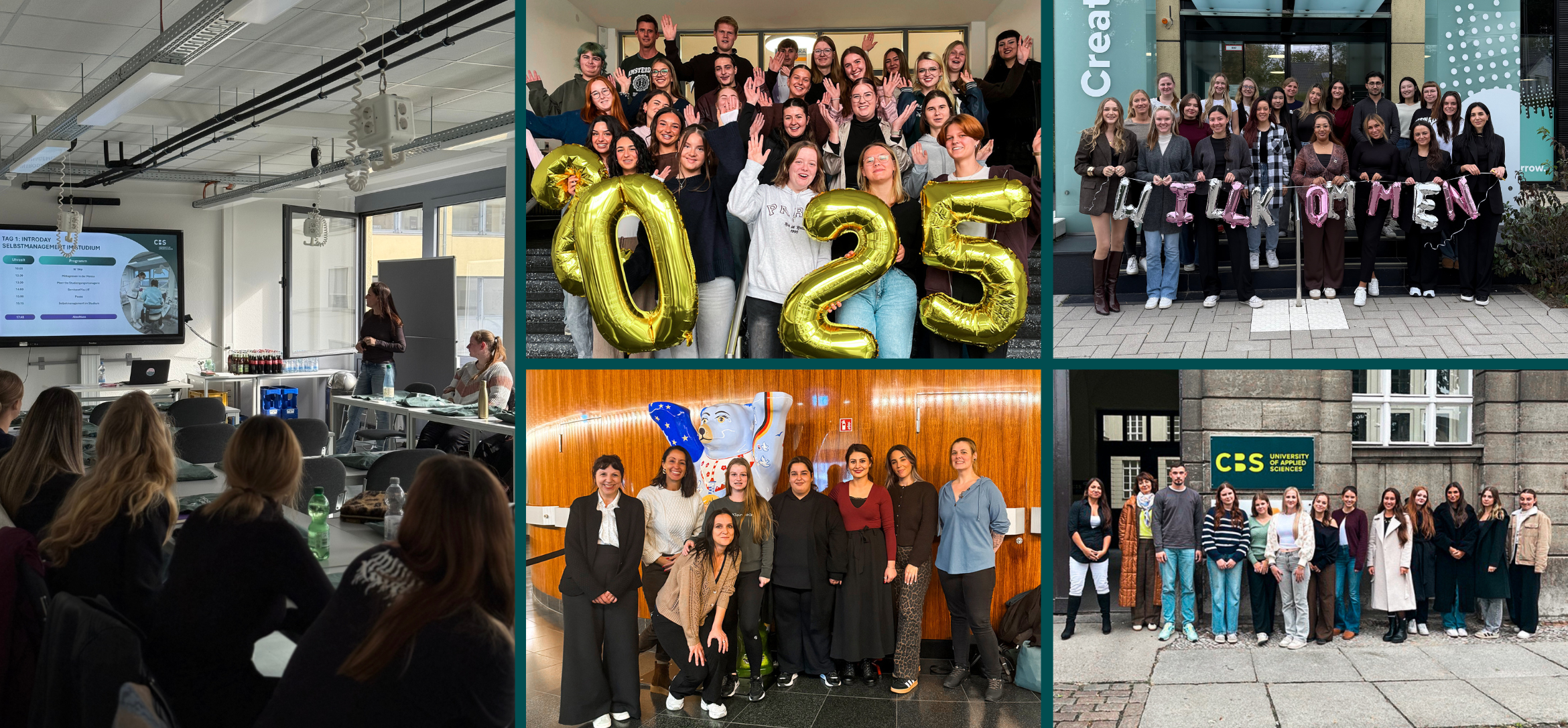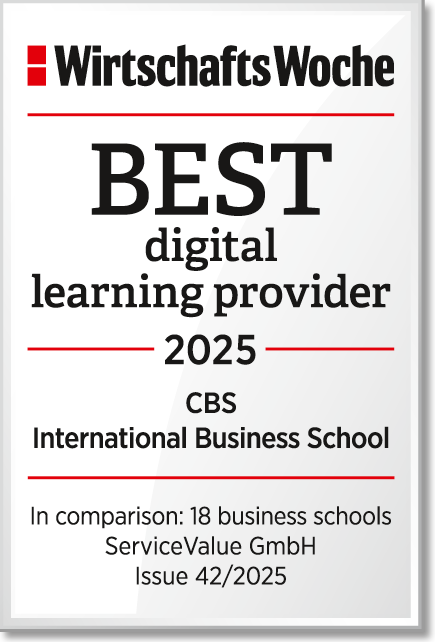
As a pioneer in ridesharing, the online transportation network company Uber revolutionized our public transportation system like no other company. It exceeds its competitors in the publicly held transportation such as Delta Air lines, and with a company valuation of $68.5 billion is worth more than the combined value of the traditional car rental services Hertz and Avis. The business numbers speak for themselves: present in 528 cities in 60 countries, more than 8 million users worldwide and an average number of 1 million trips per day. But the question which remains is “Where does Uber’s enormous success come from?” To understand Uber’s business approach one must go back to the principle of sharing economy.
In general sharing economy is increasing in importance as it involves both entrepreneurial and environmental benefits, such as a decrease in carbon dioxide emission and additional opportunities for employment. Moreover, regarding the taxi industry Uber had the perfect market to enter. Due to close price controls and rising medallion prices taxi companies barely innovate. However, various issues like wait time, high rates and the trouble of using a taxi during peak time demonstrated the need for an innovative segment to meet customer’s needs.
Uber’s Business Model – A mix of technology and customers’ desire for convenience
Uber didn’t reinvent the wheel, instead, their innovation is based on the recombination of ideas that already existed. Cashless, convenient, consumer friendly – this could be the magic formula Uber made use of. The app lets people order a taxi within a few taps, payment method is integrated and the additional rating system takes care of quality assurance. An innovative feature definitely depicts the peer-to-peer pattern which replaces the middle man dispatch service traditional taxis are dependent of. Furthermore, the low cost value proposition and ridesharing features like Uberpool increase profitability. So far so good but what were the main drivers that facilitated this innovative concept?
One peculiarity is the hybrid nature of Uber’s innovative business model. The existing demand by traditional taxi service consumers is certainly one force explaining the success of Uber. Especially the increasing need for ridesharing was not exactly covered by the traditional taxi industry and there were no other providers offering a similar service. However, a pure demand pull still requires technological competences to implement it effectively. Therefore, technology must also be seen as one main driver, as the concept relies heavily on the convenience of the app. In order to match these two main components Uber had to convert the existing technology into a system, or in this case an app, which meets the requirements of the demand and convert it into a usable service. Science itself can provide the trajectory of an innovation, yet it requires the demand of your target group to ensure suitability. That is why both components are of mutual importance when understanding the source of Uber’s innovation.
Disruptive or simply sustaining?
Uber is often classified as a disruptive innovation because it revolutionized the traditional taxi industry and took over a great amount of their former customers. A typical disruptive process is characterized by small companies with fewer resources entering the market and challenging established incumbents successfully. This holds truth for Uber as the company neither owns any of the cars nor employs the drivers and yet managed to gain a high number of customers in a short period of time. However, Uber didn’t start their business being considered as inferior to traditional taxis which is typical for disruptive innovations. In fact the opposite could be observed; consumers favored Uber as it was more convenient, cheaper and qualitatively better. This relevant aspect is linked to the type of sustaining innovations. A typical feature is that existing products are improved enabling the company to sell more, which also makes it more appealing to customer segments that had been overlooked. This process is a crucial part of Uber’s business model and outlines how it was possible to gain market share in a main stream market which appeared to be saturated.
Uber’s next steps to conquer the market
Uber’s innovative business concept did not only break with the traditional taxi industry but also offered a new perspective of using sharing economy for more sustainable solutions. But Uber’s innovative pathway has not come to an end yet. After expanding with services especially tailored to children and senior citizen, Uber introduced UberEATS in 2014 as food delivery service. In the same year UberCHOPPER was launched, a helicopter service which can be rented for special events. It seems that Uber’s treasure chest of innovations still contains some surprises and we are eagerly awaiting their next idea.
















